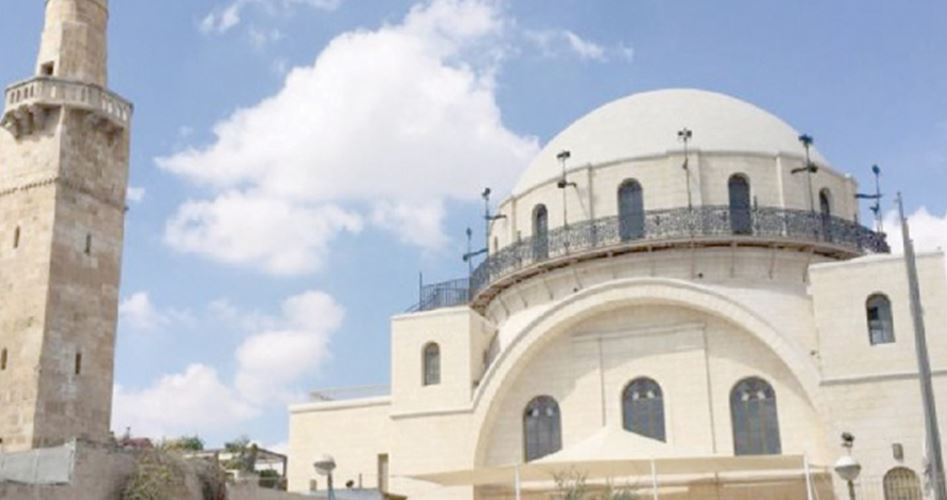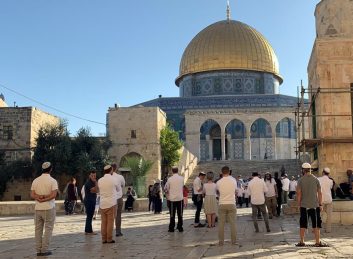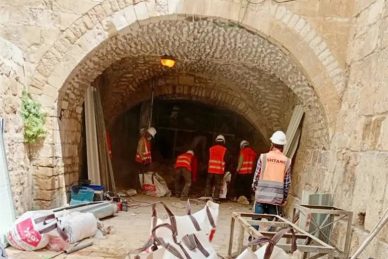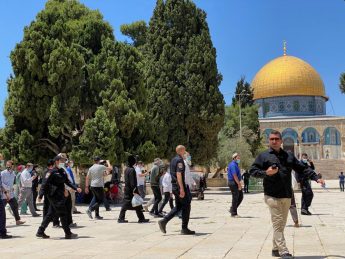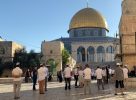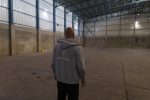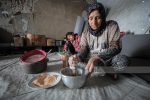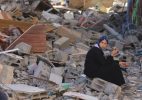As Israeli aggressions on Islamic places of worship continue at a relentless pace Muslim worshipers continue to sound alarm bells over Israel’s attempts to wipe out every trace of Islamic identity and history across the occupied Palestinian territories.
The Omari Grand Mosque in Occupied Jerusalem among 43 mosques located in Jerusalem’s Old City stands as a striking example of Israel’s ceaseless endeavors to rein in the influx of Muslim worshipers to Palestinian sacred sites by keeping their doors shut around the clock.
According to touristic guide Rubin Abu Shamsieh the Omari Mosque is located in the so-called “Jewish Neighborhood” on the southern side of al-Sharaf area previously used as a passageway to al-Maghareba neighborhood.
Speaking to the PIC Abu Shamsieh said the mosque is surrounded by two synagogues: “One from the north built in the 19th century by the Ashkenazi Jews; the other is the Synagogue of the Holy Sepulcher inaugurated on April 16 2010 and built on Islamic endowment property some 50 meters east of the mosque. To the west of the site appear two religious institutions for Jews and a police station separated from the mosque by an access road and a handful of shops.”
The Omari Mosque was founded on a land endowed by a Muslim before the 15th century. It has been engulfed by properties seized by Jews after the occupation of Palestine and the 1967 war.
Quoting the historian of Jerusalem Mujir al-Din al-Hanbali Abu Shamsiyeh said worshipers gain access into the mosque via an iron gate before walking through a six-meter-long corridor. Footsteps then lead to an open courtyard surrounded by a stone basin facing the door leading to the chapel which reportedly covers 30 square meters.
The mosque is garnished by interconnected arches and has a nozzle in its center used for ventilation and lighting. A 15-meter high minaret stands tall in its courtyard.
The mosque is paved and covered with buffets. Another square emerges on the southern side of the mosque. A lavatory and a toilet along with a small room to store worshipers’ belongings figure at the site.
The mosque was at top gear in the Ottoman era. Six nearby shops a two-room home and a small vegetable garden also made part of endowment property donated by Muslims to the mosque.
The Islamic Awqaf Department has made efforts to revive the mosque and reconstruct its walls and minaret. However excavations carried out by Israeli occupation authorities around the site since 1972 have led to the emergence of cracks and fissures on its wall. The mosque has gone almost closed around the clock ever since.

